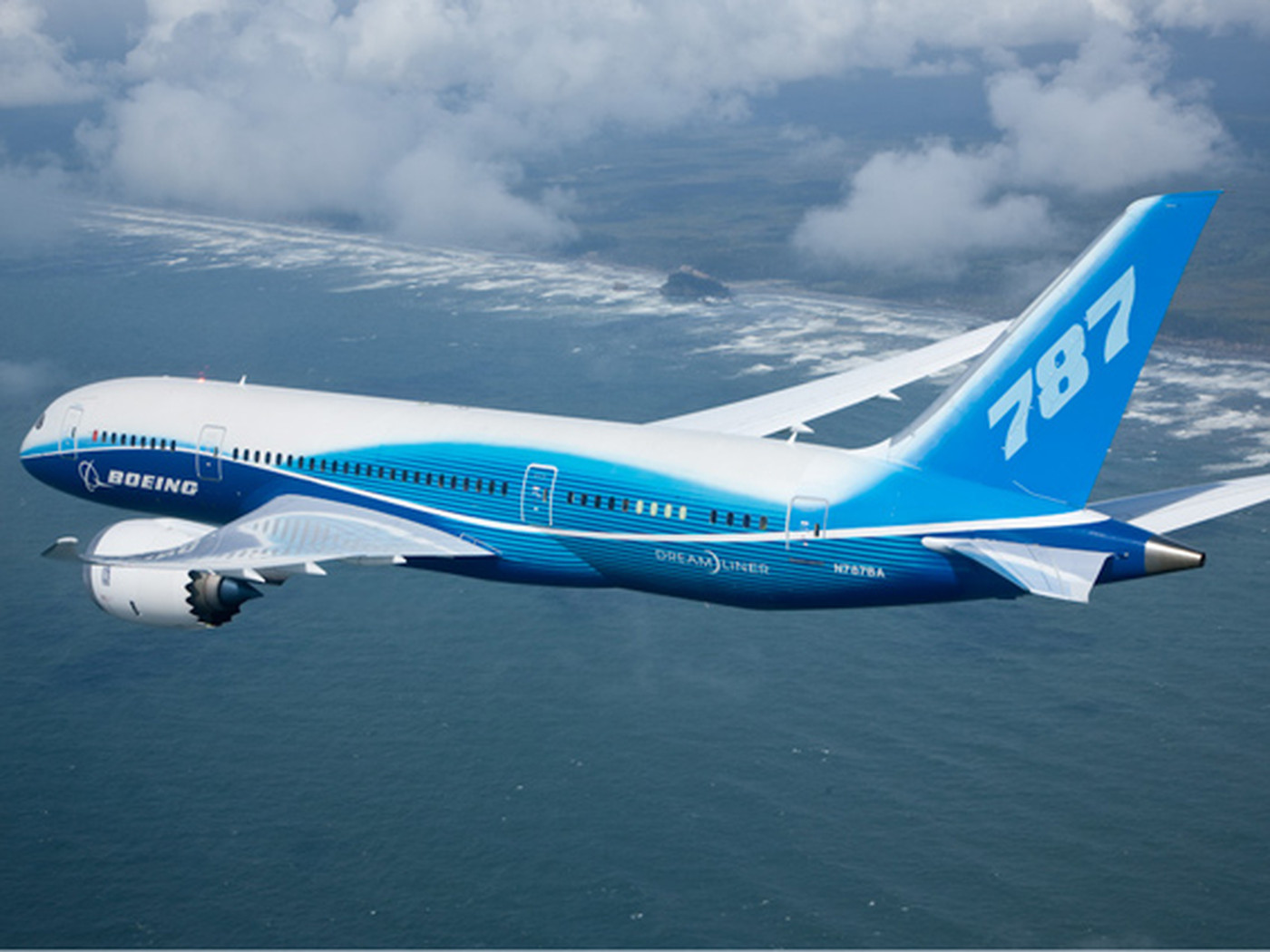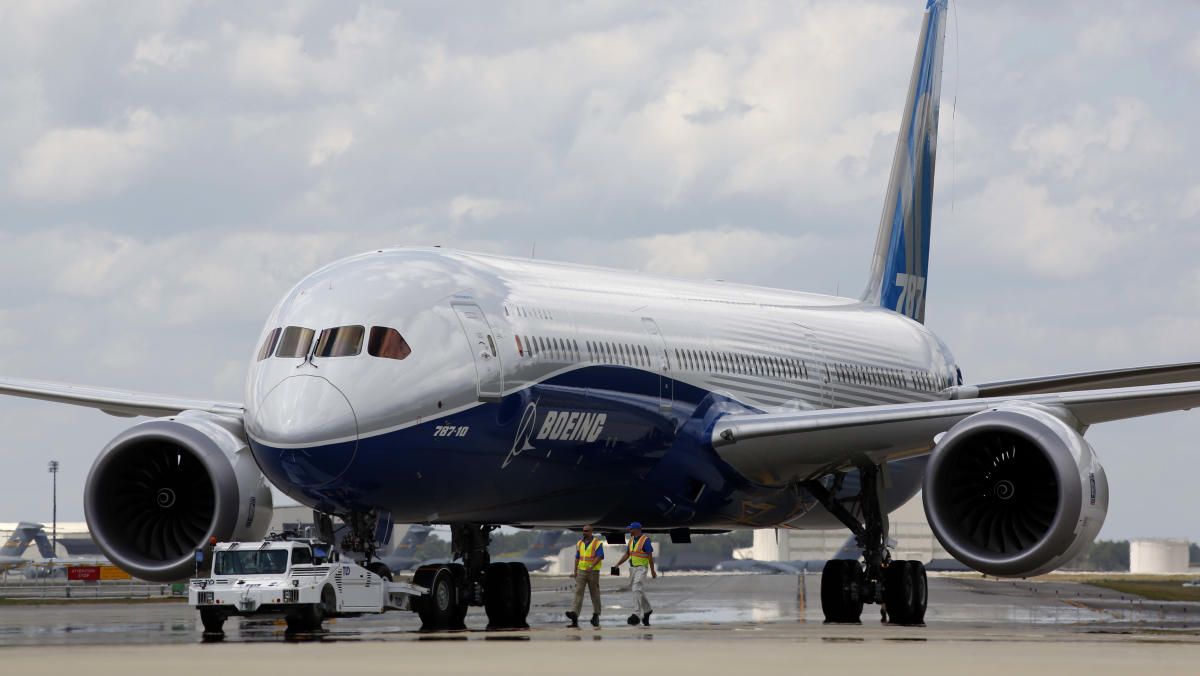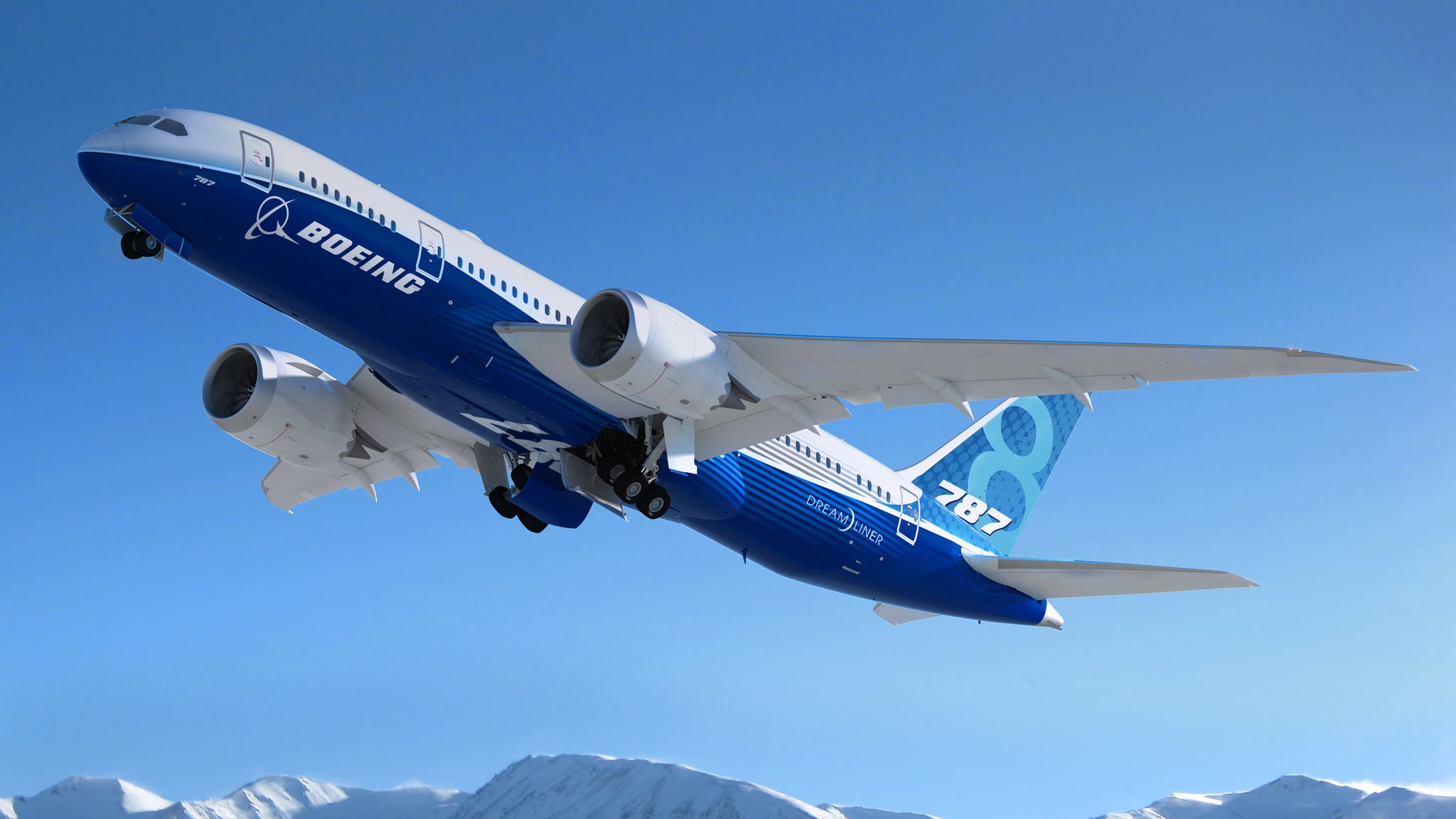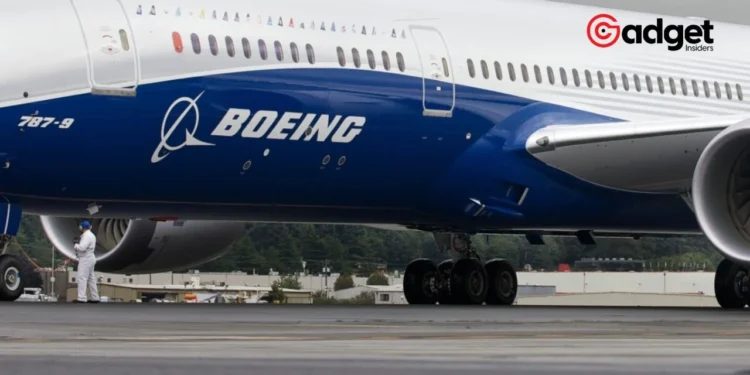In an industry where precision and trust are paramount, Boeing Co. finds itself at a precarious juncture. The aerospace giant, known for its engineering marvels, is now grappling with a deepening crisis of confidence.
This comes in the wake of allegations by a seasoned engineer, Sam Salehpour, pointing towards manufacturing shortcuts on the 787 Dreamliner, Boeing’s pride in advanced airliner technology.

The Allegations That Shook the Aviation World
Sam Salehpour, a Boeing engineer with substantial tenure, voiced concerns that have sent ripples through the aviation industry. According to Salehpour, factory workers deviated from standard manufacturing protocols, particularly in measuring and filling gaps during the assembly of the 787 Dreamliner’s airframe segments.
This process, he argues, could lead to “significant fatigue” in the composite material of the barrel sections, potentially compromising the structural integrity of over a thousand widebody jets currently in service.
BREAKING 🚨: Boeing $BA
Whistleblower says the Boeing Dreamliner 787 could break apart mid-flight due to construction flaws. Hmmm, think I'll skip flying on this one, folks 🫡✈️ pic.twitter.com/daCSNxoFiL
— Barchart (@Barchart) April 10, 2024
A Rush to Market with Dire Implications
Salehpour’s allegations were made public in a conference call with reporters and his legal team from Katz Banks Kumin LLP, Washington. He accused Boeing of prioritizing speed over safety, stating, “In a mad rush to reduce the backlog of the planes and get them to market, Boeing did not follow its own engineering requirements.”
This claim adds another layer of scrutiny to Boeing, which has been under the microscope for its manufacturing and quality practices, especially after a fuselage panel incident involving the 737 Max 9.

Boeing’s Stance and the FAA’s Oversight
In response to these serious allegations, Boeing has been quick to defend the integrity and safety of its Dreamliner. The company referred to its previous halt of 787 deliveries, a measure taken to address tiny structural imperfections under the watchful eye of the US Federal Aviation Administration (FAA). Boeing asserts that the claims about the Dreamliner’s structural integrity do not reflect the exhaustive analyses and inspections undertaken to ensure the aircraft’s safety and durability.
Moreover, the company is facing inquiries from Senator Richard Blumenthal and other officials, demanding answers and a thorough examination of Boeing’s safety culture. This situation underscores the importance of oversight and the role of regulatory bodies like the FAA, which is currently investigating Salehpour’s claims.
The Bigger Picture: Boeing’s Reputation on the Line
The unfolding situation is more than a technical dispute; it’s a crisis of confidence affecting Boeing’s reputation and the broader aviation sector’s trust. Investors, too, have reacted, with Boeing shares taking a hit amid the controversy. As the Senate Permanent Subcommittee on Investigations gears up for a hearing with Boeing’s CEO, the industry and the public await answers.

Salehpour’s move to bring his concerns to the forefront, despite being transferred to another program, highlights the challenges whistleblowers face in high-stakes industries. It also raises questions about the balance between innovation, production efficiency, and uncompromising safety standards.
Looking Ahead: Safety, Scrutiny, and the Path Forward
As Boeing navigates this turbulent phase, the focus on safety and transparency has never been more critical. The aviation giant must address these allegations head-on, ensuring that its engineering marvels, like the 787 Dreamliner and the 777 family, meet the highest safety and quality standards. The industry and its patrons will be watching closely as Boeing works to restore confidence and reaffirm its commitment to excellence in aviation technology.
In the world of aerospace, where the margins for error are slim, and the implications vast, Boeing’s current predicament serves as a reminder of the relentless pursuit of safety and reliability that defines this sector. The coming months will undoubtedly be a defining period for Boeing, as it seeks to navigate through this crisis of confidence towards clearer skies.









